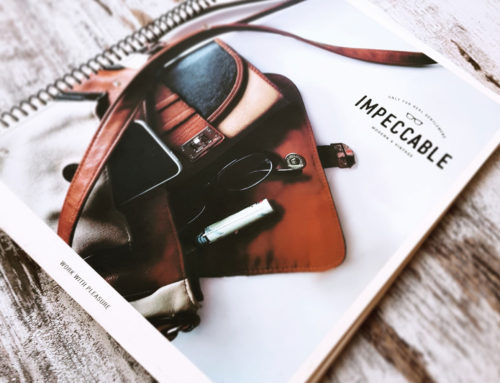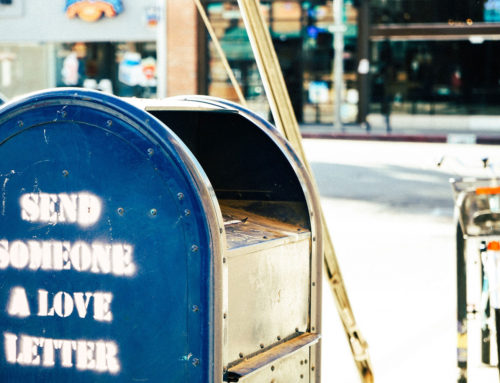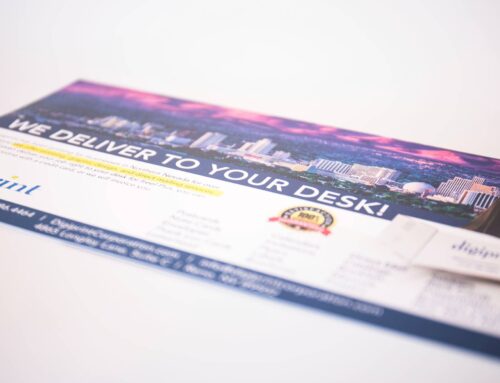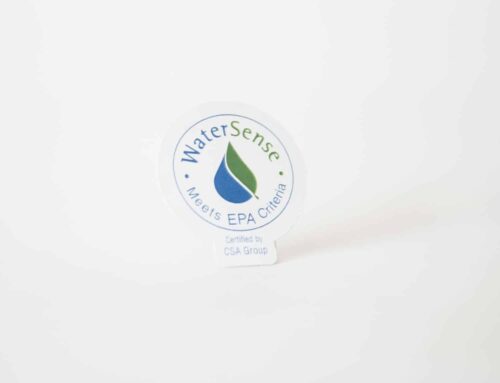There’s something special about holding a printed catalog in your hands—flipping through its vibrant pages and taking in the thoughtful design and descriptions. It’s something that stands out in today’s digital age.
A printed business catalog is more than a collection of colorful paper; it’s an experience. In fact, recent studies found that print ads generated a 35% higher level of customer attention than digital advertising. This statistic alone speaks volumes to the unique value that printed catalogs offer.
In this post, our print shop in Reno, NV, will explore more of the benefits of using printed catalogs for your business and why they are still relevant in today’s market. Let’s dive in!

Table of Content
The Power of Printed Catalogs for Business
Advantages of Printed Catalogs for Business
Creating a Custom Business Catalog That Works for You
DigiPrint Corporation's Custom Catalog Printing Services
The Power of Printed Catalogs for Business
First impressions matter. And a physical catalog is the first thing consumers get familiar with.
A high-quality business catalog is not a brochure; it’s a firm handshake – it shows people you care about the details.
For small businesses, the benefits of a printed catalog can be a real game-changer. It helps them stand out from the crowd and shows customers how professional they are about their products and services.
Advantages of Printed Catalogs for Business
Physical catalogs have a powerful punch when it comes to marketing. Here’s why business catalog printing still works:
The Benefits of a Printed Catalog for Business
- They grab attention: No matter how good digital ads are, we all scroll past them. But a printed catalog? People spend more time with them, which means they’re more likely to bring your products to your consumers’ attention.
- They showcase your whole story: Want to boast your entire collection? A catalog is like your showroom. It lets customers see everything you offer in one place.
- They make it easier to sell: A well-designed catalog makes it easy to find what your audience is looking for and helps them understand why they need your products.
The benefit of a printed catalog is that it is not only an advertisement; it helps people remember your brand and keeps them coming back for more.
Tailored Designs That Represent Your Brand
Your business catalog should be a true reflection of your brand – its personality, its values, the whole shebang. That’s why customization is key.
When you choose the right materials, finishes, and even the way your catalog is bound, you’re creating something special.
A glossy finish can really make your products pop, while a matte look might feel more sophisticated. High-quality paper adds a touch of luxury, and the right binding style makes a big difference.
Ultimately, a value-printed catalog for business is an extension of your brand’s image. Choose options that resonate with your customers and leave a lasting impression on them.
Creating a Custom Business Catalog That Works for You
Want your catalog marketing to work for your business? Here’s how you can do it:
Key Elements of an Effective Business Catalog
Keep it organized: Consider designing it like a well-stocked store – everything has its place. A clean layout helps customers find and buy what they are looking for.
Show off your stuff: You want your products to look perfect, right? A printed catalog showcasing your product with premium photography can do that for your brand.
Tell a story: Write clear and concise descriptions that tell customers why they need your products.
Your paper catalog should be a versatile tool. Use it to bring customers into your store, promote special sales, or showcase your products.
Visual Appeal and Quality Printing: The Impact on Customer Perception
Your catalog is a mini showcase for the products you have to offer. When your prospects open it, they expect crisp photos, a clean layout, and colors that pop and show what your brand is all about.
The best part? You have the complete freedom to get creative with it! And catalog printing for small businesses lets you showcase your unique style.
DigiPrint Corporation’s Custom Catalog Printing Services
Looking for the best catalog printing company for your business? Here’s what DigiPrint Corporation offers:
Why Choose DigiPrint Corporation for Business Catalog Printing
At DigiPrint, we’ve been helping businesses create professional catalogs for years. We know every company is different, and that is why we offer tons of options to make your business catalog truly unique.
Be it for a small startup or an established one, we’ll work with you to create a catalog that perfectly reveals your brand.
Custom Catalog Printing Options for Every Business
We offer a range of options to fit your needs and budget. Our team is here every step of the way, from design to printing, to make sure you get exactly what you’re looking for.
FAQs: All About Printed Business Catalogs
What Should a Business Catalog Include?
Your catalog is a conversation with your customers. It should be easy to understand and visually appealing. Make sure to include clear descriptions of your products, great photos, and how to get in touch with you.
Most importantly, highlight what makes your business unique. What sets you apart? What problems do you solve for your customers?
How Do Printed Catalogs Enhance Branding?
Printed catalogs are not just pieces of paper. They are a part of your brand that people can hold and feel. They leave a lasting impression, and when your audience needs what you offer, they’ll think of your products.
Catalog marketing shows your company’s competitive advantage – it’s your brand’s personality shining through on every page.
Why Is Customization Important in Catalog Design?
Your catalog is your business card – it needs to make an unforgettable first impression. When you customize it, you are telling your brand story while showcasing your products as the main characters of your story. That’s how you build customer engagement and stronger relationships.
The Power of a Print Catalog
Consumers want to hold something tangible in their hands. That’s where a print catalog comes in. It showcases your products in the best possible light and gives consumers a feel for your brand.
Ready to create a catalog that excites your audience? We at DigiPrint Corporation provide printing services in Reno that can help you bring your vision to life. Let’s work together to make your brand special.
Contact us today to learn more!





